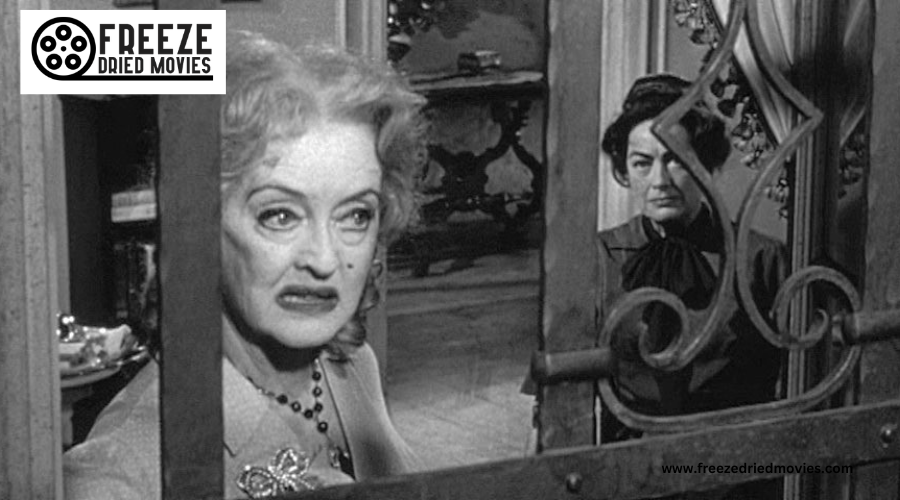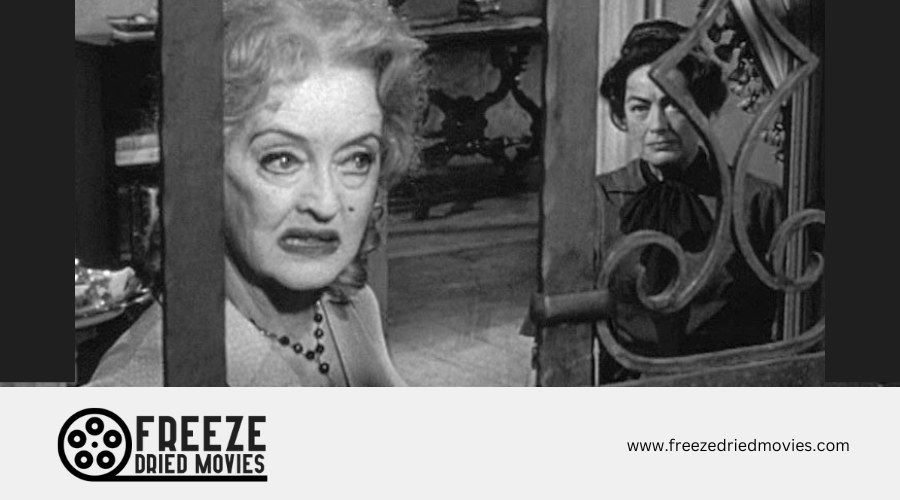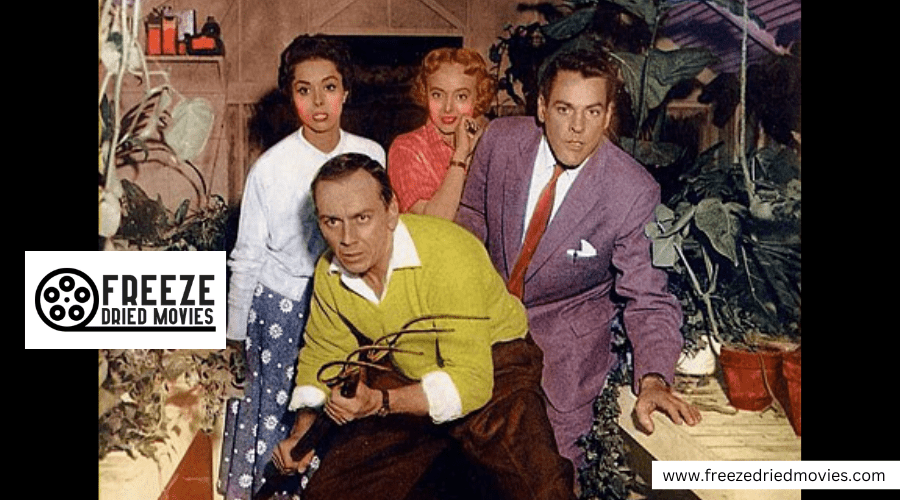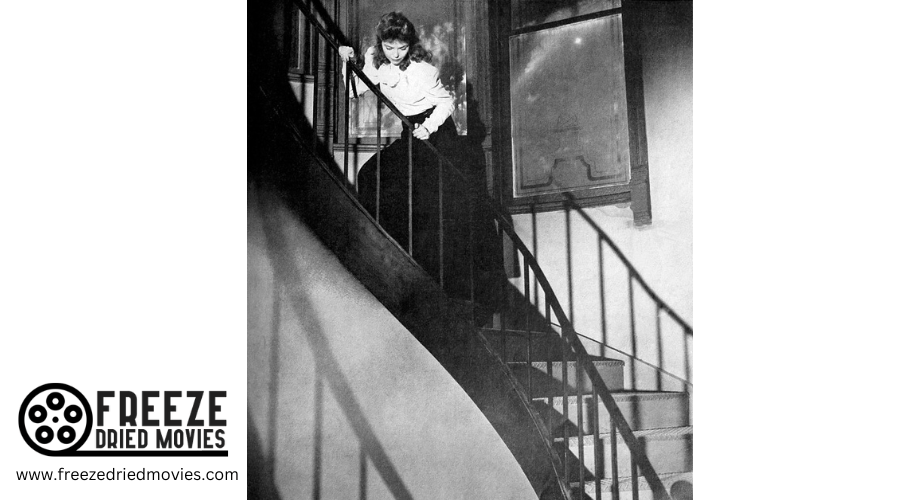1990s Horror Movies: A Decade of Cinematic Scares and Innovation
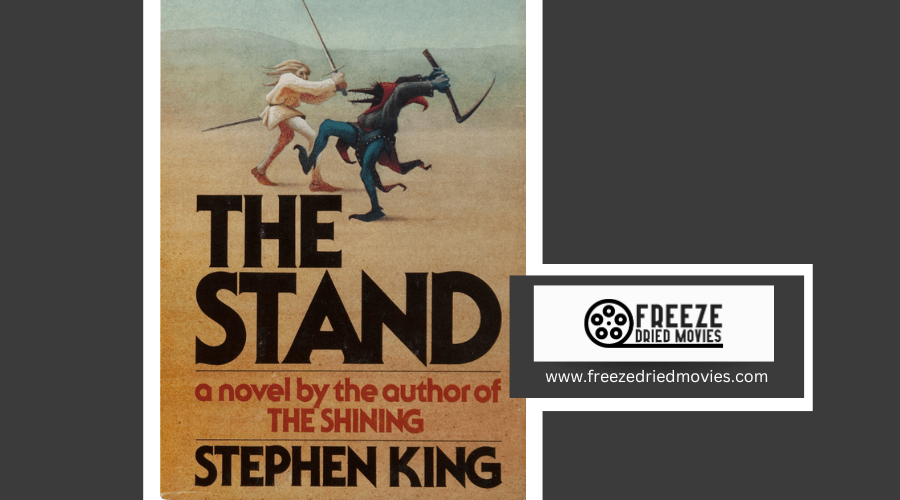
Horror movies in the 1990s took on new forms and explored fresh themes. The decade saw a shift from the slasher films of the 1980s to more psychological and supernatural stories. Filmmakers began to play with audience expectations and the very nature of horror itself.
This era brought us iconic films like The Silence of the Lambs and The Blair Witch Project. It also saw the rise of self-aware horror with movies like Scream. The 90s paved the way for a new kind of horror that blended scares with smart storytelling and deep themes.
Scary Movies Take a New Turn
The 1990s saw horror films move away from the over-the-top gore and cheesy one-liners of the 1980s. Fans were tired of seeing the same old monsters pop up in endless sequels. It was time for something fresh and more subtle.
Horror movies in this decade tapped into the worries of the time. The Gulf War, money troubles, and big news stories like the LA riots made people feel uneasy. These fears showed up on screen in new and creepy ways.
Some people were scared about what might happen when the year 2000 arrived. Would the world end? Movies played with these fears too. Even Arnold Schwarzenegger got in on the action with his movie "End of Days" in 1999.
Film makers also looked to the past for ideas. They remade old stories with a new 1990s style. "The Exorcist III" focused on fears about getting old and sick instead of scary kids. Big stars showed up in fancy new versions of "Dracula" and "Frankenstein."

The look of horror films changed too. Just like music and clothes got darker and more serious, so did scary movies. Brown and gray colors replaced the bright neons of the 1980s. This matched the gloomy mood of the times.
Young people wanted new kinds of movie monsters. The old ones just didn't seem scary anymore. Here are some of the fresh faces that popped up in 1990s horror:
- Hannibal Lecter: A smart, creepy killer who gave people nightmares after "The Silence of the Lambs"
- Candyman: A ghost with a hook for a hand who showed up when you said his name five times
- The Blair Witch: An unseen force that scared people in shaky camera footage
Stephen King's books kept being turned into movies. "Misery" showed how scary a huge fan could be. "The Green Mile" mixed spooky stuff with drama on death row.
Vampires got cool again thanks to movies like "Interview with the Vampire" and "From Dusk Till Dawn." These weren't the same old blood suckers people were used to seeing.
Some directors tried to mix humor with horror:
- Peter Jackson's "Dead Alive" was super gory but also pretty funny
- "Scream" made fun of horror movie rules while still being scary
- "The Frighteners" blended laughs and scares with ghostly special effects
Speaking of effects, they got way better in the 1990s. Computer graphics let film makers create monsters that looked more real than ever. But some still liked using old-school makeup and props. Tom Savini kept making gross stuff look awesome without computers.
Not all the horror was make-believe. Real-life scares like mad cow disease and new viruses gave directors ideas. Movies like "The Stand" and "12 Monkeys" showed what might happen if a nasty germ spread around the world.
Creature features got an update too:
- "Tremors" had giant worms attacking a small town
- "Mimic" made cockroaches into huge, scary monsters
- "Deep Rising" put nasty tentacle beasts on a cruise ship
By the end of the 1990s, horror was ready for another big change. The success of "The Blair Witch Project" showed that sometimes what you can't see is scarier than what you can. This set the stage for a whole new kind of fright in the 2000s.
Mindful Murderers
The Quiet of the Sheep (1991)
The 1991 film featuring Jodie Foster as an FBI trainee and Anthony Hopkins as a locked-up genius killer changed how movies showed bad guys. It wasn't just a scary movie, but a smart one too.
The caged man, Dr. Hannibal Lecter, is more than just a killer. He's super smart, strong, and lucky. When he kills, it's not random. Each death is part of his big plan. He shows off the bodies in fancy ways.
Lecter knows he can't fit in with normal people. At first, he's nice to the FBI trainee. But when others treat him badly, he gets mad. He escapes easily, beating all the guards and locks. In the end, he flies away to a warm place where he can finish his plans.
Impact
The movie won many big awards. It changed how people thought about killers in movies. Lecter was smart and calm, not like the crazy killers in older films. After this movie, many others tried to copy this new kind of killer.
Seven Sins (1995)
After the first movie did so well, other filmmakers wanted to make smart killer movies too. "Seven Sins" came out in 1995. Its killer, John Doe, is also very smart. He thinks he's doing something good. He kills people to teach them about bad things like greed and anger. He wants to shock people into being better.
Doe's kills aren't just to scare people. They're like art, meant to teach a lesson. He picks his victims based on the seven deadly sins from old stories. He thinks the world is ending soon, and he wants to get people ready.
Spiritual Exploration in a Secular Era
A Ladder to the Beyond (1990)
"A Ladder to the Beyond" offers a unique take on life, death, and the space in between. This psychological thriller follows Jacob Singer, a Vietnam veteran grappling with bizarre visions and experiences. The film blurs the lines between reality and hallucination, keeping viewers guessing until the very end.
The movie explores themes of loss, grief, and the afterlife without relying on traditional religious imagery. Instead, it presents a more abstract, personal journey through the stages of death. Jacob's encounters with strange beings and distorted realities serve as metaphors for his struggle to accept his own mortality.
Key elements of the film include:
- Surreal visuals that challenge perception
- A non-linear narrative that mirrors Jacob's confused state
- Philosophical questions about existence and the nature of reality
"A Ladder to the Beyond" stands out for its thought-provoking approach to spiritual themes in a secular context. It invites viewers to consider what lies beyond life without pushing any specific belief system.
The Mirror's Dark Truth (1992)
"The Mirror's Dark Truth" brings urban legends to life in a chilling exploration of belief and its consequences. Set in Chicago's Cabrini Green housing project, the film follows graduate student Helen as she investigates the legend of a supernatural killer known as Candyman.
The movie delves into the power of folklore and how stories can shape reality. It examines the blurred line between myth and truth, showing how deeply held beliefs can manifest in terrifying ways.
Some key aspects of the film:
- Exploration of racial tensions and urban decay
- The transformative power of storytelling
- Questions about the nature of evil and its origins
The character of Candyman serves as a complex figure, both villain and victim. His backstory of racial violence adds depth to the horror, grounding it in real-world issues.
Helen's journey from skeptic to believer forms the heart of the narrative. As she becomes more entangled in the Candyman legend, the film raises questions about the price of immortality and the allure of becoming part of a lasting story.
Whispers from Beyond (1999)
"Whispers from Beyond" captivated audiences with its blend of supernatural thriller and emotional drama. The story centers on child psychologist Malcolm Crowe and his young patient Cole, who claims to see and communicate with the dead.
The film presents a unique view of the afterlife, portraying ghosts as lost souls seeking resolution rather than malevolent entities. This approach offers a more compassionate take on the concept of spirits, suggesting that even after death, people retain their essential humanity.
Key themes explored in the movie:
- The burden of unwanted abilities
- The importance of communication and understanding
- The enduring power of human connections
Cole's struggle to cope with his gift forms the emotional core of the story. His journey from fear to acceptance serves as a powerful metaphor for dealing with any form of difference or isolation.
The film's portrayal of the relationship between the living and the dead raises intriguing questions about the nature of existence. It suggests a world where the boundaries between life and death are more permeable than we might think, offering a secular take on spiritual matters.
"Whispers from Beyond" struck a chord with viewers through its combination of suspense, heart, and a twist ending that rewarded close attention. Its success showed that audiences were hungry for stories that tackled big questions about life, death, and what might come after.
1990s Horror and Self-Awareness
Wes Craven's Meta Nightmare (1994)
View this post on Instagram
Wes Craven breathed new life into the Freddy Krueger series with his 1994 film. After years of increasingly silly sequels, Craven took a bold step by blurring the lines between fiction and reality. The movie features actors from the original Nightmare on Elm Street playing themselves, dealing with a real-life Freddy.
This clever approach rekindled interest in the franchise. It played with fans' expectations and knowledge of horror tropes. The film explored the power of storytelling and the impact of horror on its audience.
By breaking the fourth wall, Craven created a fresh take on a familiar character. He showed that even well-worn horror concepts could still surprise and scare viewers.
John Carpenter's Reality Bender (1995)
John Carpenter's 1995 film took a different path to explore postmodern horror. It blended elements from H.P. Lovecraft's stories with a satirical look at Stephen King's work. The movie follows an insurance investigator searching for a missing horror author.
The film plays with the idea of fiction becoming reality. Characters find themselves trapped in a town that shouldn't exist, pulled from the pages of the missing author's books. This setup allows Carpenter to question the nature of reality and the power of imagination.
The movie didn't wow critics at first, but has since gained a cult following. It offers a unique take on horror fandom and the blurring lines between fiction and reality.
The Slasher Revival (1996)
Kevin Williamson's script for this 1996 hit breathed new life into the slasher genre. The film follows high school students stalked by a masked killer. What set it apart was its self-aware characters and constant nods to classic horror films.
The movie's characters know they're in a horror story. They discuss the "rules" of surviving a slasher film, often with comedic results. This approach resonated with audiences who had grown up watching the classic slashers of the 70s and 80s.
Key elements of the film include:
- A masked killer named Ghostface
- Characters who reference other horror movies
- A mix of scares and humor
- Plot twists that subvert genre expectations
The movie's success sparked a new wave of teen-focused horror films. It proved that the slasher genre could still be fresh and exciting when approached from a new angle.

